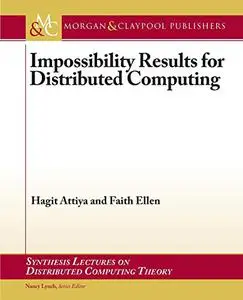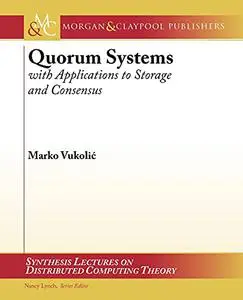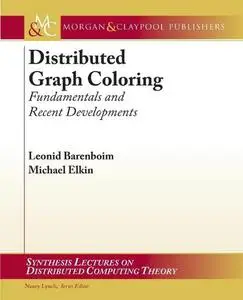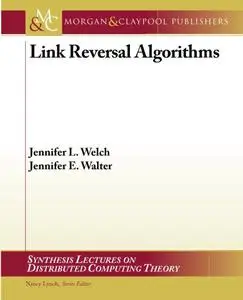Impossibility Results for Distributed Computing by Hagit Attiya
English | PDF(True) | 2014 | 162 Pages | ISBN : 1627051708 | 1 MB
To understand the power of distributed systems, it is necessary to understand their inherent limitations: what problems cannot be solved in particular systems, or without sufficient resources (such as time or space). This book presents key techniques for proving such impossibility results and applies them to a variety of different problems in a variety of different system models. Insights gained from these results are highlighted, aspects of a problem that make it difficult are isolated, features of an architecture that make it inadequate for solving certain problems efficiently are identified, and different system models are compared.





